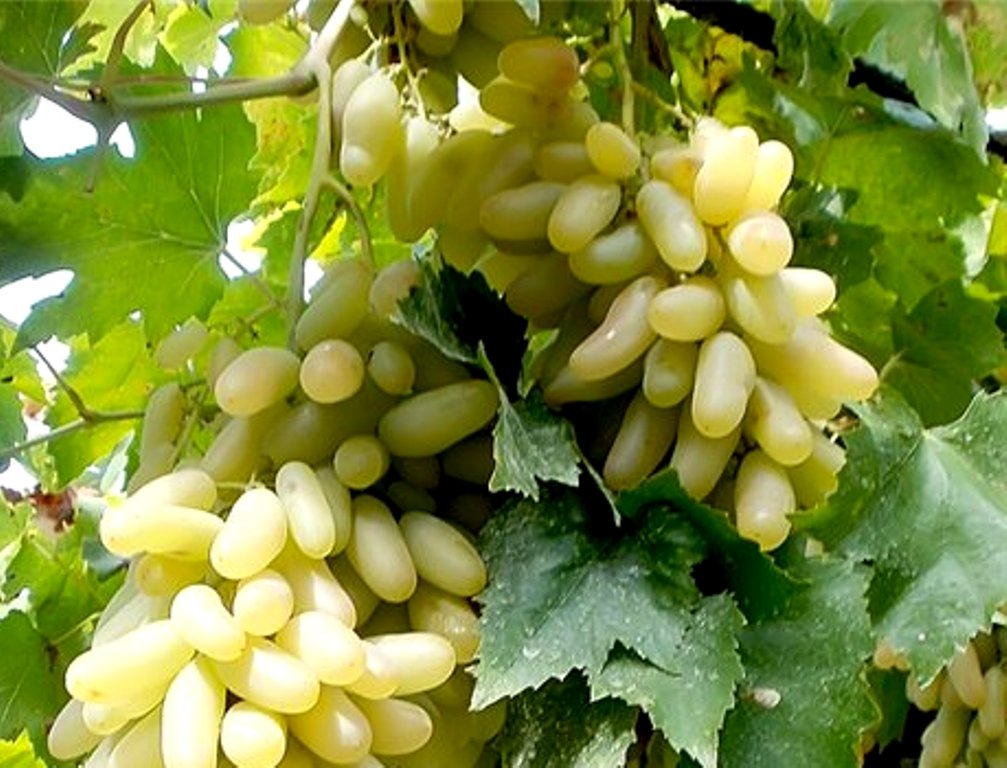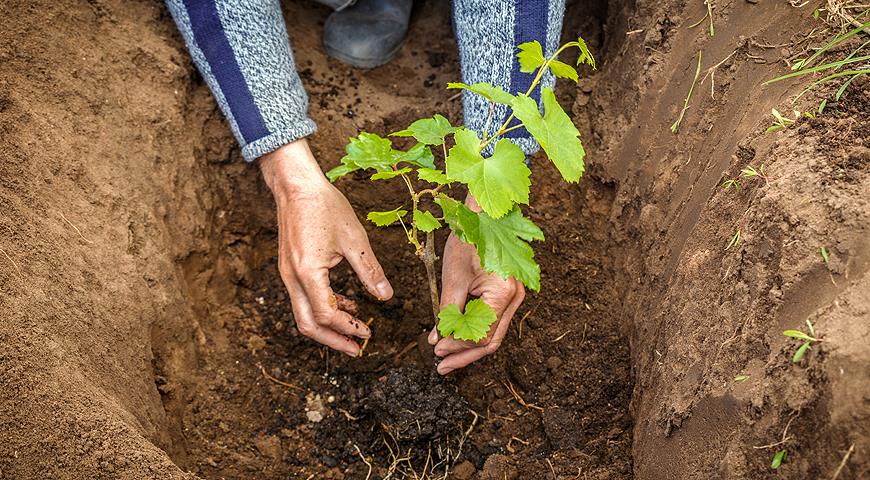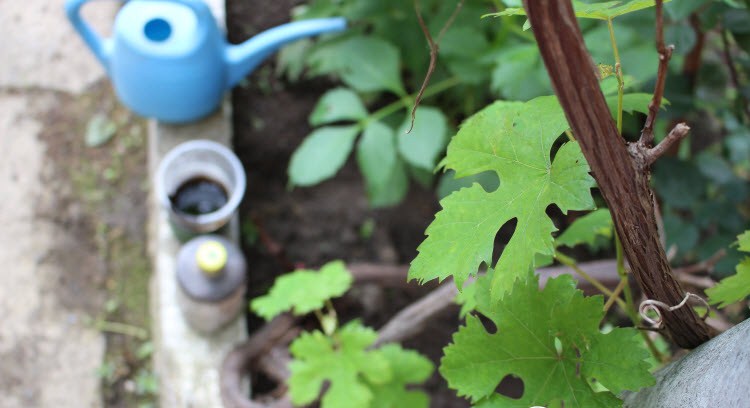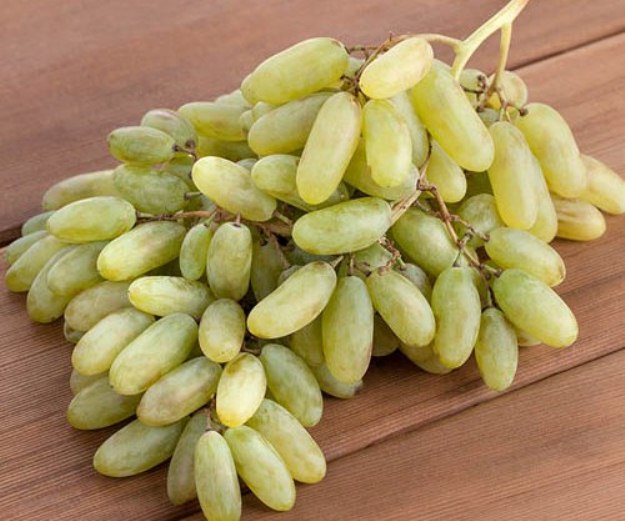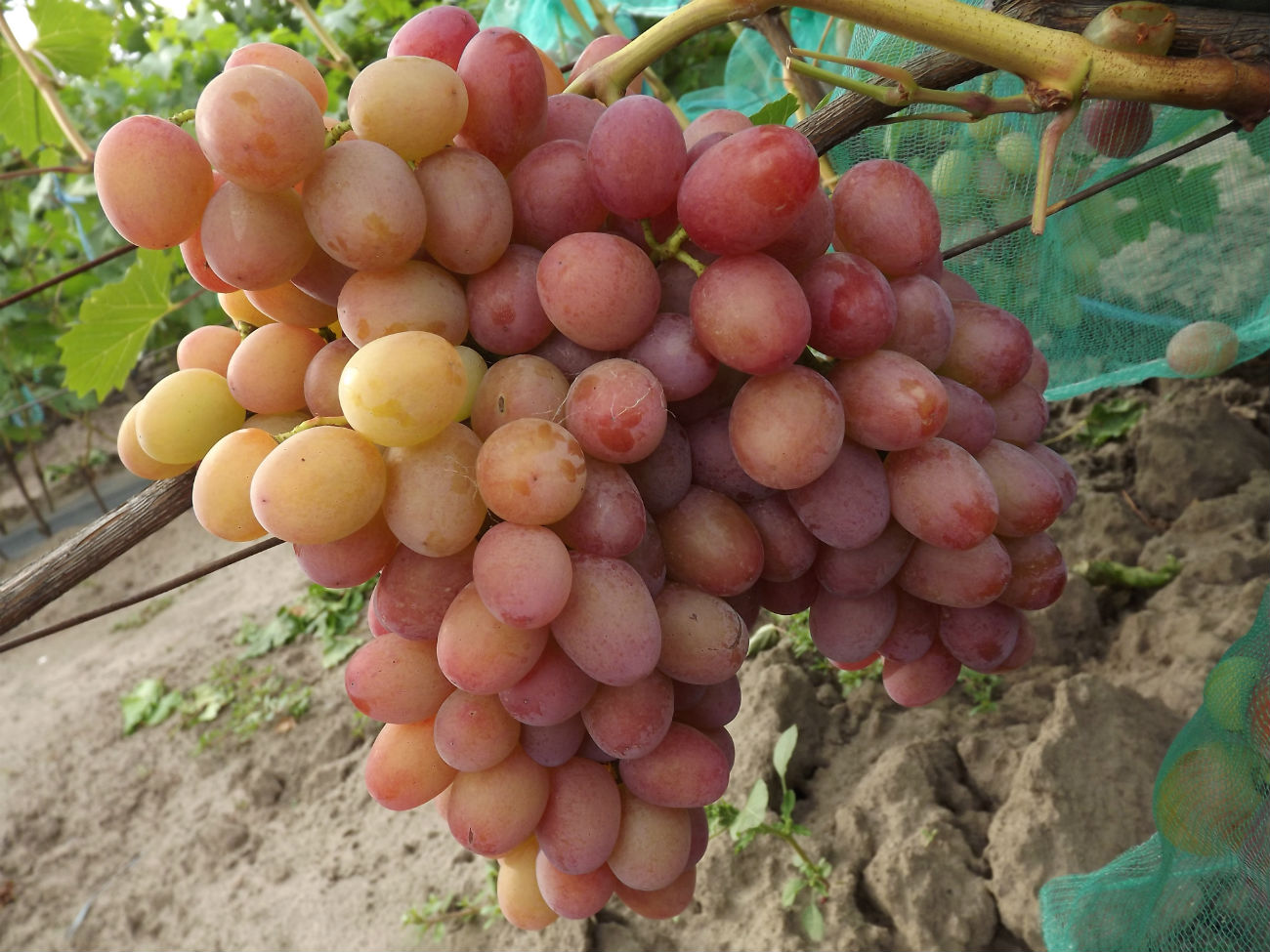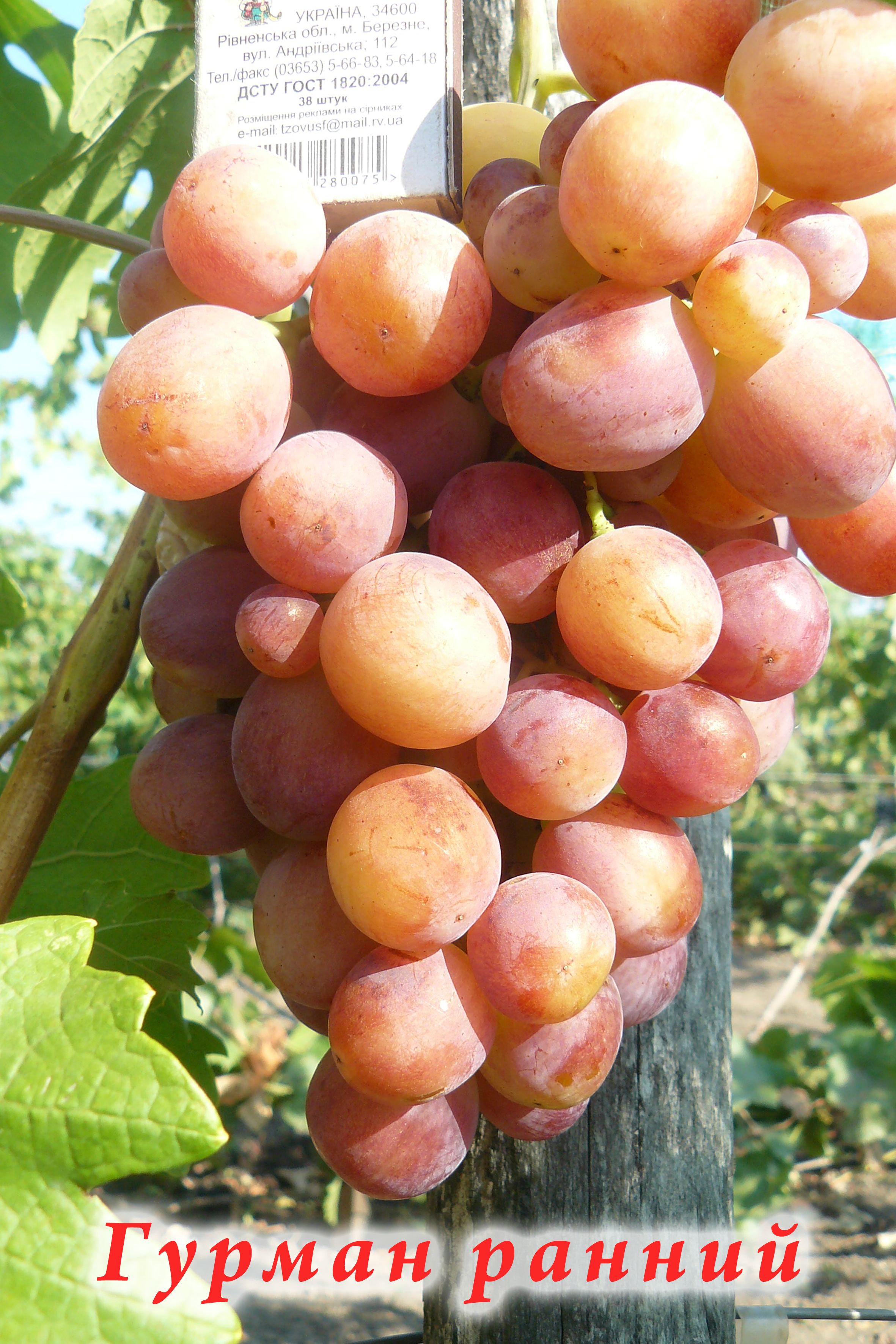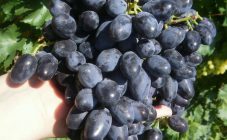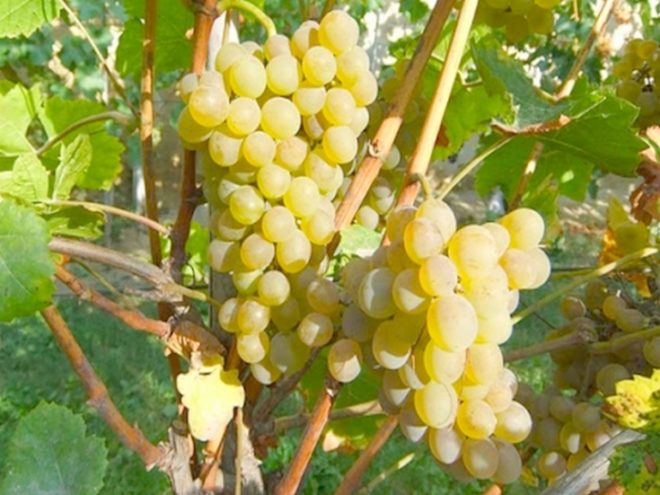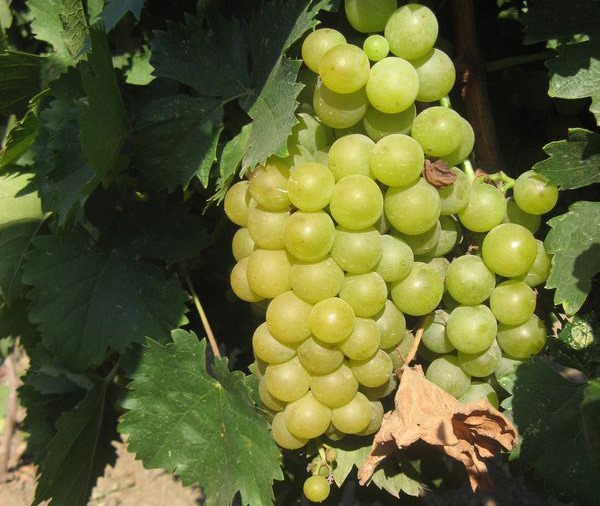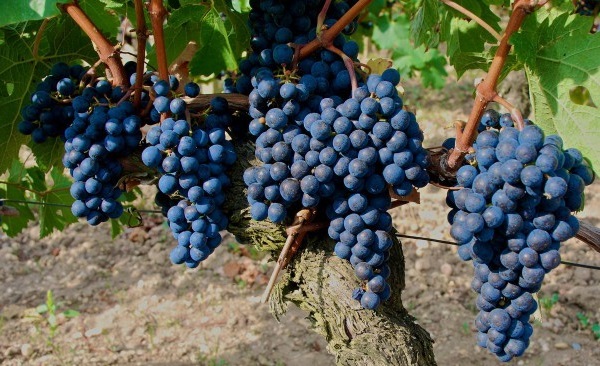Content:
Grapes are a southern and heat-loving plant, widespread in the southern part of our country. One of the popular varieties is Ladies' fingers. The variety is not easy to cultivate, it often gets sick, but, despite these shortcomings, it is still highly respected by gardeners.
The explanation is simple - the grapes of this variety are very tasty, sweet and high-yielding. His homeland is the Mediterranean. It was from there that Ladies' fingers first came to Crimea, and then to other regions of Ukraine and Russia. It is interesting to note that the name Ladies fingers is a folk name. In fact, this grape variety is called Husain White.
Ladies fingers grapes: description of the variety and berries
Ladies' fingers belongs to the table grape varieties. It grows and bears fruit best in regions with a warm climate, as it takes much longer to ripen than many other varieties. This variety belongs to late-ripening, therefore it is not recommended to grow it even in Central Russia. Otherwise, in a cold year, he simply will not have time to ripen.
The bunches of this variety are far from large and it is not worth chasing records, cultivating Ladies' fingers. Brushes weigh on average 500 grams, but some individual specimens sometimes exceed this figure.
The varietal feature of Ladies' fingers is that the berries are oblong. On average, each berry is 3-4 centimeters long and up to 2 centimeters wide. It is thanks to the oblong shape that this variety got the name Ladies fingers. By weight, the berries are also not small - on average, each berry weighs from 6 to 10 grams.
The berries have a beautiful color, yellow-green in color. In hot summer, a pinkish blush may appear on the berries. However, this does not affect the taste of the variety in any way. There is also a waxy coating on the berries. The skin of the berries is thin.
The variety is afraid of frost and dies at temperatures below -25 degrees. Therefore, in the fall, it should be covered without fail. The vines of this variety are powerful, long and thick. Sometimes their length can reach 5-6 meters. There are a lot of leaves on the bushes, they are bright green. Bushes of this variety give a large number of stepchildren, which must be constantly removed. Ladies' fingers do not tolerate recurrent spring frosts, many buds die already at a temperature of -2 degrees.
Grape care
The best time to start a new vineyard is spring.
Saplings should be planted when the air temperature in the daytime will exceed 20 degrees Celsius, and at night it will not drop below + 8 + 10 degrees. Trenches must be prepared before planting. They are dug to a depth of 70-80 centimeters, and up to 1 meter wide. Grapes grow best on sandy loam and light types of soil. In no case should a plot be laid on swampy and saline soils.It is also worth making sure that there are no surface groundwater on the site, otherwise the vines will grow poorly, or they may even die. The place for the future vineyard should be sunny, well-ventilated. The southern slopes and hillocks are best suited.
If the soil in the area is heavy and poor, it is recommended to fertilize it. For each square meter of land, you need to add 1-2 buckets of humus or compost. Mineral fertilizers should also be applied. For 1 square meter, 50 grams of urea or nitrate and the same amount of potash and phosphorus fertilizers are applied. All this will provide nutrition for young plants in the first 2-3 years after planting.
Grapes do not like a lot of water, however, in the first years after planting, young seedlings need abundant irrigation. Plants should be watered frequently in the first 2-3 years - once a week. Watering rate - 2 buckets of water per 1 bush.
From the fourth year on, watering in the vineyard is reduced. In hot weather, it will be enough to water it once every two weeks, and in cool weather - even once a month. Moreover, in the third or fourth year, the vineyard already needs to be fed. Fertilizers should preferably be given three times throughout the season. The first time the plants are fed a week before flowering. In this case, urea can be used as a top dressing at the rate of 1 tablespoon per 10 liters of water. If urea is not available, it can be replaced with ammonium nitrate, this fertilizer already needs two tablespoons per 10 liters of water.
The second time the grape bushes are fed a week after flowering. At this time, the berries are actively forming. This time they are also fed with urea or saltpeter. The third time feeding is done in August. At this time, the vineyard begins to prepare for winter, for this he really needs phosphorus and potash fertilizers. Mulching is also useful - mulch will not only retain moisture, but also prevent weeds from growing.
Throughout the growing season, grapes need to be shaped and pruned. The vines are tied to trellises, the stepsons are obligatory cut out.
Vineyards start pruning, as a rule, after the first light freezing. 2-3 new vines are left on each arm. Shoots should be strong and mature. Vines are also pruned, leaving 7-9 buds on each. You should not rush to shelter the grape bushes, in warm weather the bushes under the shelter will begin to rot. It is best to cover the grapes for the winter, when small subzero temperatures (-2-4 degrees) are established at night, and during the day the thermometer will not rise above + 8 + 10 degrees. But with the opening of the bushes in the spring, it is better to wait. Even minor spring frosts can kill the buds. Therefore, it is worth starting to open a vineyard only when the threat of frost has completely passed.
Pros and cons of grape varieties Ladies fingers
The obvious and main advantage of finger grapes is large, beautiful elongated berries. They are tasty and contain a large amount of sugar and nutrients. The grapes are well transported, which is convenient for farmers who grow grapes on an industrial scale. The berries do not contain seeds.
Hot and humid summers can bring additional harm. In this season, the berries begin to rot and crumble. As a result, growers must systematically examine Finger grapes and urgently remove problem berries. Otherwise, they can infect and still healthy berries.And the absolute disadvantage of the variety is that it ripens late. As a result, only southern winegrowers can grow this variety.
